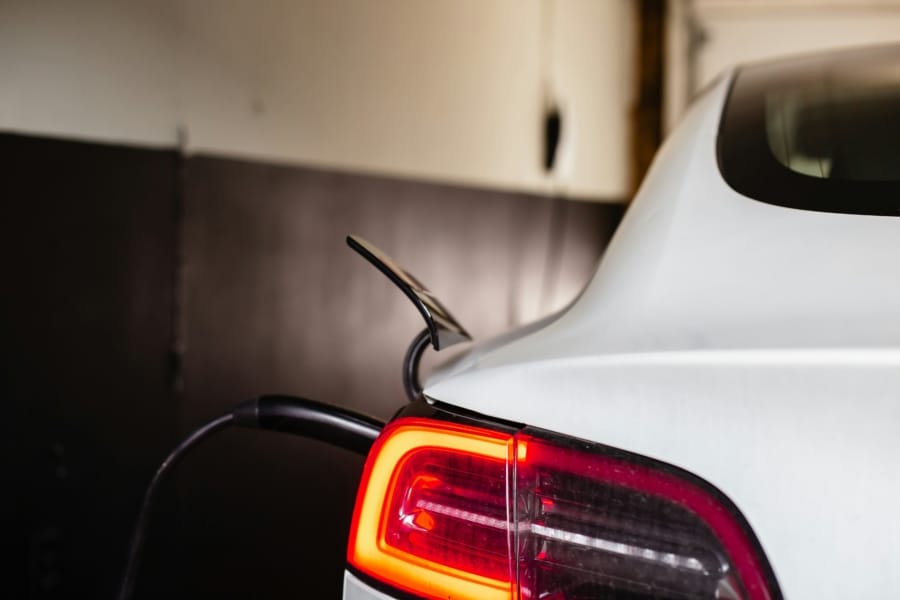Electrophobia Fueled EV-Phobia in South Korea
An EV in South Korea caught fire out of the blue; the car was parked and it was not charging. It burned down 140+ vehicles parked on the same underground parking and damaged the water main and power lines for the building. The reports so far fortunately said there were no injuries, and residents were able to evacuate safely. And Koreans are panicking over EVs, with some building managements swiftly banning EVs from entering.
The culprit behind ‘the fire’ is rather obvious, but it needs some prodding to be useful. Remember Grenfell Tower fire from 2018 in London? The fire started with a faulty fridge in a single unit, but the situation escalated as the fire spread uncontrollably as the Tower was not equipped with fire sprinklers. In the case of South Korean parking lot, the fire undoubtedly started by a faulty EV, but the underground parking was equipped with sprinklers. Then what gives? They turned off the fire sprinklers after the fire alarm went off. What could have been a freak accident turned into a major headline because the maintenance was afraid of complaints about fire alarms.
In the heydays of smartphones, I’ve seen some Korean reviewers praising the “fire safety design language” of removable batteries. They argued $1k worth of a phone should not endanger $100k+ worth of a house. And the removable batteries can be that last line of defense for scared homeowners. Need I remind you, dear readers, your phone should not be catching fire to begin with. And if it does, as all faulty batteries go, don’t bother trying to salvage the machine through electrical fire. In good conscience, same rule should apply to EVs —let it burn, but not the whole building.
Electrophobia in South Korea is subliminal yet real: the famous fan death legend, and cacti or a stick of charcoal to protect workers from harmful electromagnetic radiation. And they were homogeneously common throughout the country. Koreans can claim to take more “cautious” approach as Amish do, but at the end of the day, banning EVs in parking lot is quite reminiscent of certain English law. Perhaps, maybe, it should be read as following:
- EVs are to be accompanied by at least two fire engines with signage that read “fire hazard”.
- EVs are to warn to all surrounding pedestrians and drivers of approach of such vehicle.
